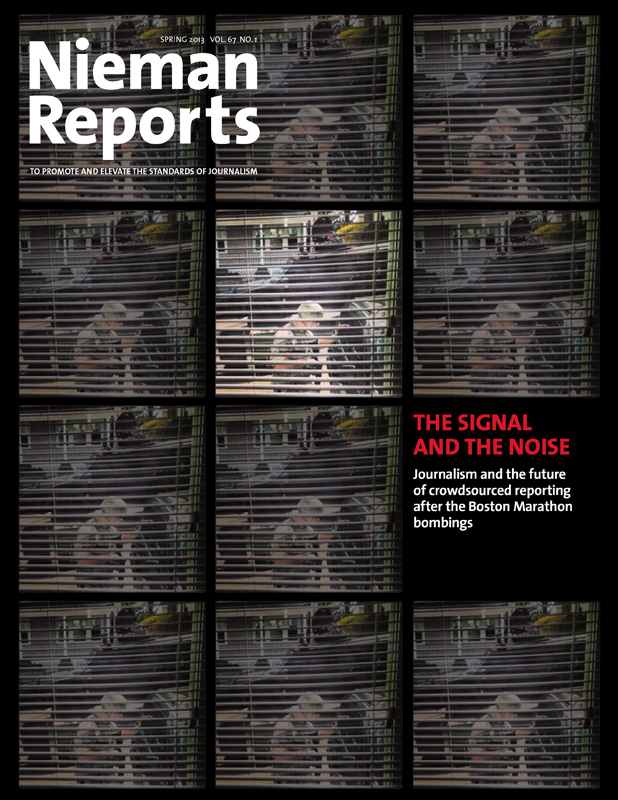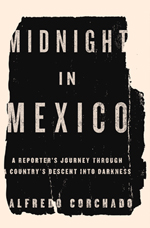Alfredo Corchado, who has covered Mexico for the Dallas Morning News since 1994, was interviewed at Lippmann House. Video from the interview is available.
What was it like coming to Cambridge after covering violence in Mexico for so long?
I think the biggest thing I realized right away was that I could walk through Harvard Square and not have to look over my shoulder all the time. It was a year of internal struggle for me. Do I go back? But what got me into journalism in the first place was the idea of giving others a voice. I grew up as a migrant worker in California. Having a TV crew come up to you at the age of 13 asking, “Do you guys have enough toilets, enough breaks?”, that had a huge impact on me. Someone wanted to give me a voice. That always has inspired me to do what I do.
How did the book come about?
I had always thought I would write a book, but as more of a journalistic chronicle. What it ended up being was the most difficult thing, which was to pull me away from the safety of the sidelines as a reporter and make it into a much more personal narrative.
Were there concerns about safety?
One of the challenges was doing everything I could to make sure that people are not hurt after it comes out. There is one person that a lot of my sources were concerned about, that he would come after them. When I started writing this book I didn’t think he would still be alive when it came out. I set a deadline and told my sources, “If by February 5th this person’s not dead, you can cross out whatever you want.” I wasn’t even sure I had a book that morning, because he was still alive. Then someone came back and said, “I need this out and I need that out. But the bottom line is that this is not about you, this is not about me. It’s a bigger story, so let’s go with it.” That’s when I realized it was going to go forward.
What was it like coming to Cambridge after covering violence in Mexico for so long?
I think the biggest thing I realized right away was that I could walk through Harvard Square and not have to look over my shoulder all the time. It was a year of internal struggle for me. Do I go back? But what got me into journalism in the first place was the idea of giving others a voice. I grew up as a migrant worker in California. Having a TV crew come up to you at the age of 13 asking, “Do you guys have enough toilets, enough breaks?”, that had a huge impact on me. Someone wanted to give me a voice. That always has inspired me to do what I do.
How did the book come about?
I had always thought I would write a book, but as more of a journalistic chronicle. What it ended up being was the most difficult thing, which was to pull me away from the safety of the sidelines as a reporter and make it into a much more personal narrative.
Were there concerns about safety?
One of the challenges was doing everything I could to make sure that people are not hurt after it comes out. There is one person that a lot of my sources were concerned about, that he would come after them. When I started writing this book I didn’t think he would still be alive when it came out. I set a deadline and told my sources, “If by February 5th this person’s not dead, you can cross out whatever you want.” I wasn’t even sure I had a book that morning, because he was still alive. Then someone came back and said, “I need this out and I need that out. But the bottom line is that this is not about you, this is not about me. It’s a bigger story, so let’s go with it.” That’s when I realized it was going to go forward.




